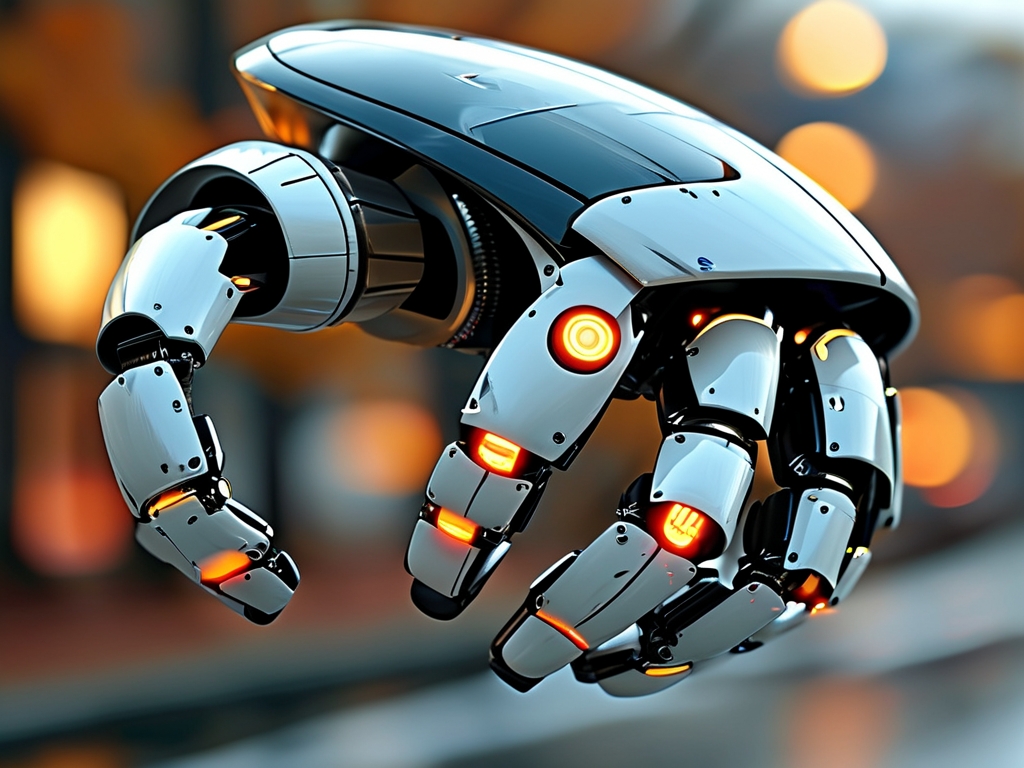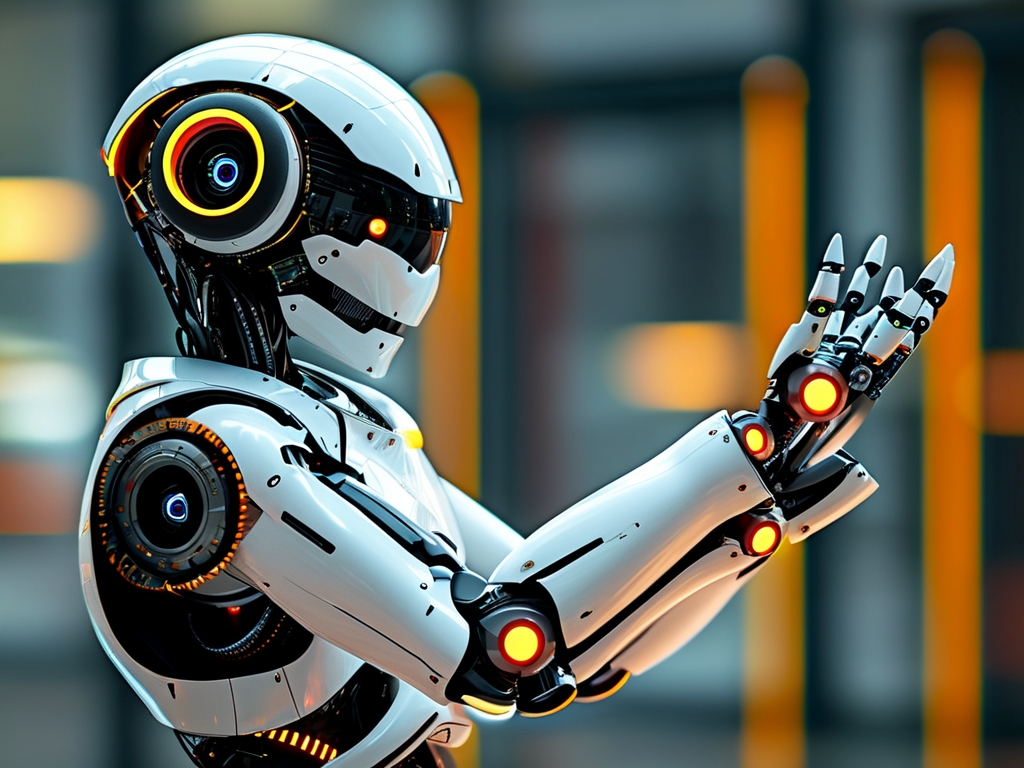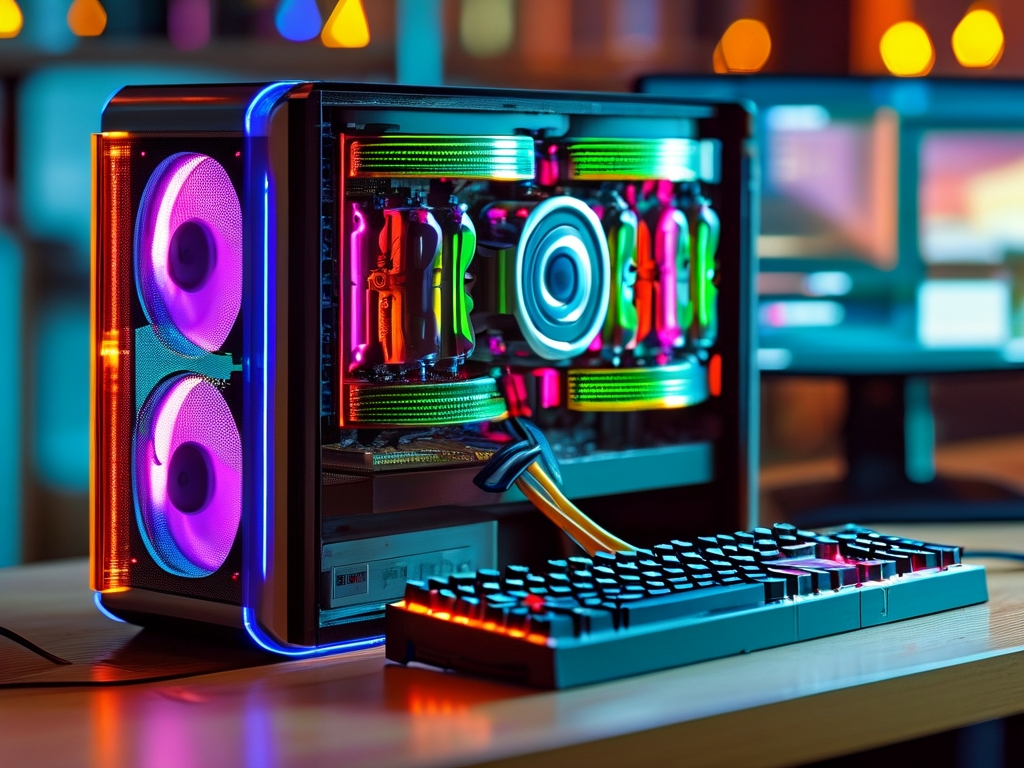Robotic tactile technology, often referred to as haptic technology, enables machines to perceive and interact with their environment through the sense of touch. This capability is critical for applications ranging from industrial automation to medical robotics. At its core, robotic tactile systems rely on three interconnected components: sensors to detect physical stimuli, processing algorithms to interpret data, and feedback mechanisms to enable responsive interactions. This article explores the principles behind these systems, focusing on their design, functionality, and real-world implications.

1. The Role of Tactile Sensors
Tactile sensors are the foundation of robotic touch systems. These sensors mimic the human skin’s ability to detect pressure, vibration, temperature, and texture. Common types include:
- Piezoresistive Sensors: Measure changes in electrical resistance caused by mechanical stress. They are widely used due to their simplicity and low cost.
- Capacitive Sensors: Detect variations in capacitance when an object deforms the sensor surface. These offer high sensitivity and resolution.
- Optical Sensors: Use light interference or reflection to measure deformation. They excel in environments requiring immunity to electromagnetic interference.
- Piezoelectric Sensors: Generate electric charges in response to mechanical strain, ideal for dynamic force measurements.
Advanced sensors now integrate multiple modalities, such as combining pressure and temperature detection, to create "electronic skin" for robots. For example, the Shadow Robot Company’s tactile sensors use a matrix of piezoresistive elements to map pressure distribution in real time.
2. Signal Processing and Data Interpretation
Raw sensor data is often noisy and incomplete. To extract meaningful information, robotic systems employ sophisticated signal processing techniques:
- Analog-to-Digital Conversion (ADC): Converts continuous sensor signals into digital data for computational analysis.
- Noise Filtering: Algorithms like Kalman filters or wavelet transforms remove interference from environmental factors.
- Feature Extraction: Machine learning models, such as convolutional neural networks (CNNs), identify patterns in tactile data (e.g., object texture or slip detection).
A key challenge is achieving low-latency processing to enable real-time interactions. For instance, robotic prosthetics must process touch signals within milliseconds to simulate natural limb responsiveness. Researchers at MIT’s Computer Science and Artificial Intelligence Laboratory (CSAIL) have developed edge-computing chips that process tactile data locally, reducing reliance on cloud-based systems.
3. Haptic Feedback and Actuation
Haptic feedback closes the loop between sensing and action. It allows robots to adjust their movements based on tactile input, much like humans reflexively grip a slipping object. Feedback mechanisms include:
- Vibration Actuators: Provide simple alerts or texture simulations. Used in consumer robotics for notifications.
- Electrostatic Stimulation: Generates artificial touch sensations by varying surface friction. Applied in touchscreens for virtual reality.
- Force Feedback Systems: Use motors or pneumatics to replicate resistance or weight. Essential for surgical robots performing delicate procedures.
Companies like SynTouch have developed BioTac sensors, which combine fluid-filled membranes with electrodes to mimic human fingertip mechanics. These sensors enable robots to handle fragile objects, such as eggs or glassware, without damage.
4. Applications and Challenges
Robotic tactile technology is revolutionizing industries:
- Healthcare: Surgical robots like the da Vinci System use haptic feedback to assist surgeons in minimally invasive procedures.
- Manufacturing: Collaborative robots (cobots) equipped with tactile sensors safely interact with human workers on assembly lines.
- Disability Assistance: Prosthetic limbs with tactile feedback restore partial sensory function for amputees.
However, significant challenges remain. Scalability is an issue—creating large-area tactile skins for humanoid robots is costly. Durability is another concern, as sensors must withstand harsh environments like extreme temperatures or chemical exposure. Additionally, achieving human-level sensitivity requires breakthroughs in material science and AI-driven processing.
5. Future Directions
Emerging technologies promise to address current limitations:
- Flexible Electronics: Stretchable sensor arrays made from graphene or liquid metal could enable conformable robotic skins.
- Neuromorphic Engineering: Brain-inspired chips process tactile data more efficiently, mimicking biological neural networks.
- Multi-Sensor Fusion: Combining tactile data with visual or auditory inputs could create robots with holistic environmental awareness.
In 2023, researchers at Stanford University demonstrated a robotic hand capable of identifying objects through touch alone, using a hybrid sensor system and deep learning. Such advancements hint at a future where robots possess tactile acuity rivaling humans.
Robotic tactile technology bridges the gap between mechanical systems and the nuanced world of physical interaction. By integrating advanced sensors, intelligent processing, and responsive feedback, engineers are unlocking new possibilities for automation and human-robot collaboration. While challenges persist, ongoing innovations in materials, algorithms, and system design continue to push the boundaries of what machines can "feel" and achieve. As this technology matures, it will redefine industries and improve quality of life in ways we are only beginning to imagine.




